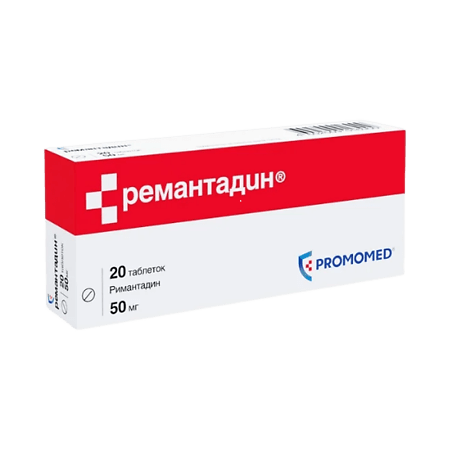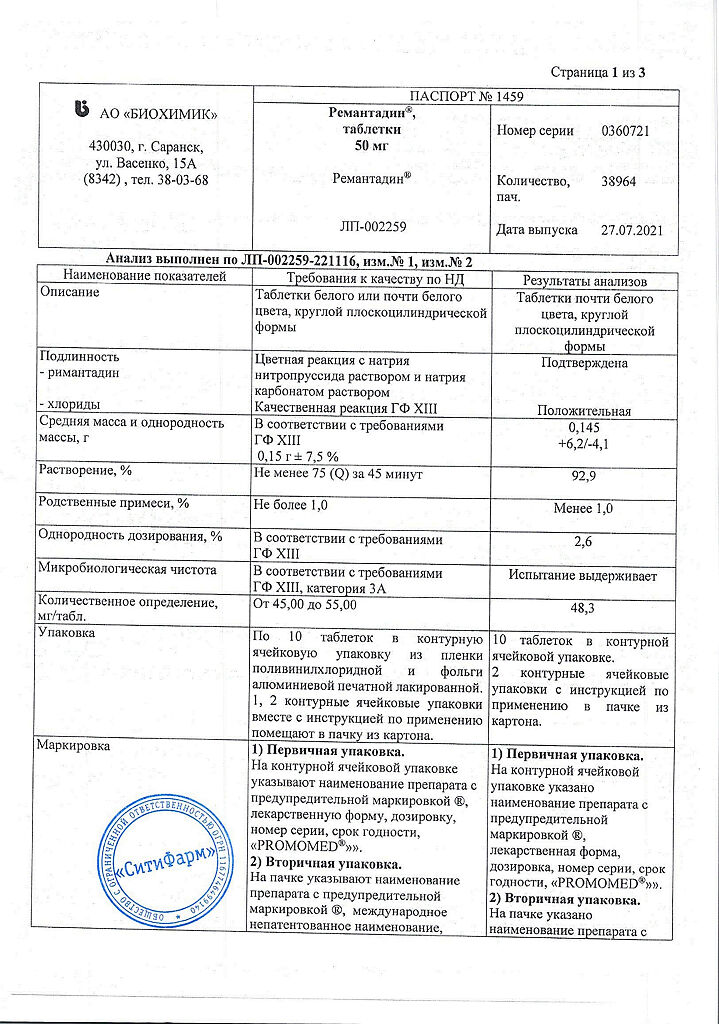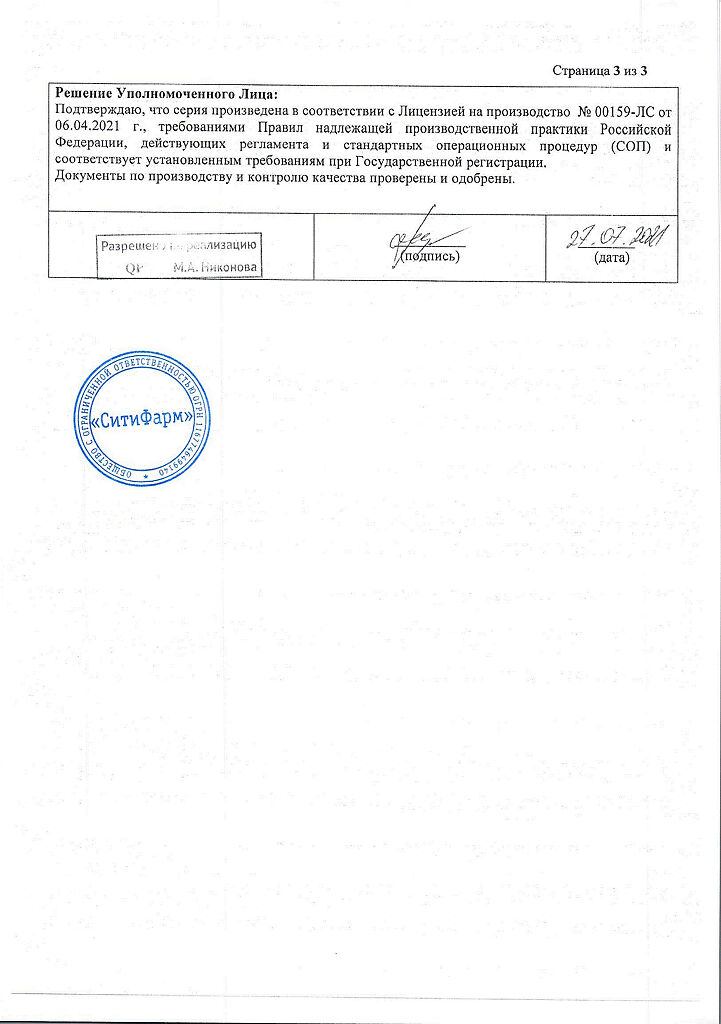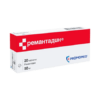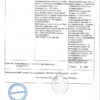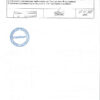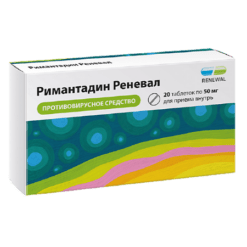No products in the cart.
Description
An antiviral agent, adamantan derivative; effective against various strains of influenza A virus, Herpes simplex viruses of types I and II, tick-borne encephalitis viruses (Central European and Russian spring-summer from arboviruses group of fam. Flaviviridae). It has antitoxic and immunomodulatory effects.
The polymeric structure provides long-term circulation of rimantadine in the body, which allows to use it not only for therapeutic but also for preventive purposes. It suppresses the early stage of specific reproduction (after virus penetration into the cell and before the initial RNA transcription); induces production of interferon alpha and gamma, increases functional activity of lymphocytes – natural killer cells (NK-cells), T- and B-lymphocytes.
As a weak base, it increases the pH of endosomes, which have a membrane of vacuoles and surround viral particles after their penetration into the cell. Preventing acidification in these vacuoles blocks the fusion of the viral envelope with the endosome membrane, thus preventing the transfer of viral genetic material into the cell cytoplasm. Rimantadine also inhibits the exit of viral particles from the cell, i.e. it interrupts the transcription of the viral genome.
The prophylactic administration of rimantadine in a daily dose of 200 mg reduces the risk of influenza and also reduces the severity of flu symptoms and serological response. Some therapeutic effect may also occur when it is administered in the first 18 hours after the development of the first flu symptoms.
Indications
Indications
Influenza A (early treatment and prevention in children and adults).
Active ingredient
Active ingredient
Composition
Composition
1 tablet contains:
The active ingredient:
rimantadine hydrochloride 50.0 mg;
Associates:
Lactose 74.5 mg,
Potato starch 24.0 mg,
Stearic acid 1.5 mg.
How to take, the dosage
How to take, the dosage
Overly, after a meal with water.
The treatment of influenza: to adults – 300 mg/day in 1-3 doses on day 1; on days 2 and 3 – 100 mg 2 times a day; on days 4 and 5 – 100 mg once a day; to children 7-10 years – 50 mg 2 times a day, 11-14 years – 50 mg 3 times a day, for 5 days.
Influenza prophylaxis: adults – 50 mg once daily, for 30 days.
Tick-borne encephalitis prophylaxis: not later than 48 hours after a tick bite – 100 mg twice daily, 12 hours apart, for 3-5 days; for risk groups (people living or staying in wooded areas) – 100 mg twice daily for 15 days.
The treatment of acute herpetic infection: 100 mg/d in 1 dose for 3 days; prevention of exacerbations – 100 mg once every 3 days.
Patients with epilepsy and anticonvulsant therapy in history are prescribed in maximum daily dose 100 mg/day (if anticonvulsant therapy is administered simultaneously because of risk of epileptic seizure). In the elderly and in patients with CKD, the dose should be reduced.
Interaction
Interaction
Remantadine reduces the effectiveness of antiepileptic drugs.
Paracetamol and ascorbic acid reduce the maximum concentration of rimantadine in blood plasma by 11%.
Cimetidine decreases clearance of Remantadine by 18%.
Adsorbents, astringents and coating agents (acetazolamide, sodium bicarbonate, etc.) increase the effectiveness of Remantadine by reducing its excretion by the kidneys.
Urine acidifying agents (e.g. ascorbic acid) decrease the effectiveness of Remantadine® by increasing its excretion by the kidneys.
Special Instructions
Special Instructions
When using Remantadine, exacerbation of chronic comorbidities is possible. In elderly patients with arterial hypertension, the risk of hemorrhagic stroke increases.
If there is a history of epilepsy and anticonvulsant therapy against the background of using Remantadine, the risk of an epileptic seizure increases. In such cases, Remantadine is used in a dose of up to 100 mg daily simultaneously with anticonvulsant therapy.
In case of influenza caused by the B virus, Remantadine has an antitoxic effect.
The prophylactic administration is effective in case of contact with ill people, when the infection spreads in closed groups and when there is a high risk of the disease during the flu epidemic.
The appearance of viruses resistant to the drug is possible.
Remantadine does not affect the ability to drive, but caution should be exercised in people who have dizziness, headache, or other central nervous system side effects.
With caution, use with lactase deficiency, lactose intolerance, and lactose/isomaltose malabsorption syndrome because the drug contains lactose.
Contraindications
Contraindications
Side effects
Side effects
Gastrointestinal tract: dry mouth, nausea, vomiting, loss of appetite, epigastric pain, flatulence;
Central nervous system disorders: Headache, dizziness, insomnia, neurological reactions, impaired concentration, drowsiness, anxiety, increased excitability, fatigue;
Other: hyperbilirubinemia, allergic reactions (skin rash, itching, urticaria).
Overdose
Overdose
Symptoms: agitation, hallucinations, arrhythmia.
Treatment: gastric lavage, symptomatic therapy: measures to maintain vital functions. Rimantadine is partially excreted by hemodialysis.
Similarities
Similarities
Additional information
| Shelf life | 5 years |
|---|---|
| Conditions of storage | In a dry and protected place. |
| Manufacturer | Biokhimik JSC, Russia |
| Medication form | pills |
| Brand | Biokhimik JSC |
Other forms…
Related products
Buy Remantadine, tablets 50 mg 20 pcs with delivery to USA, UK, Europe and over 120 other countries.

